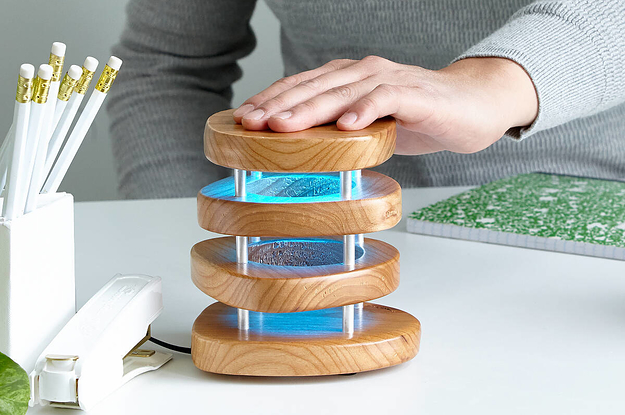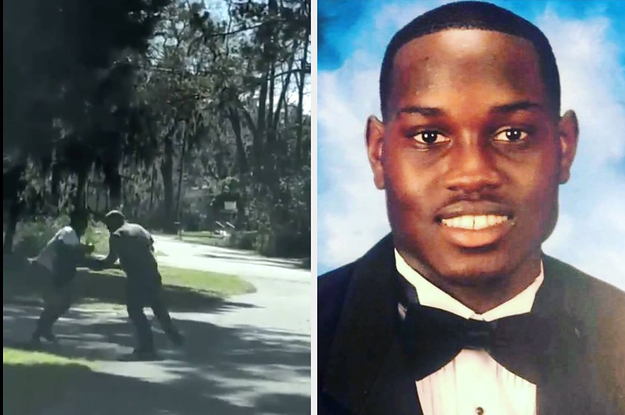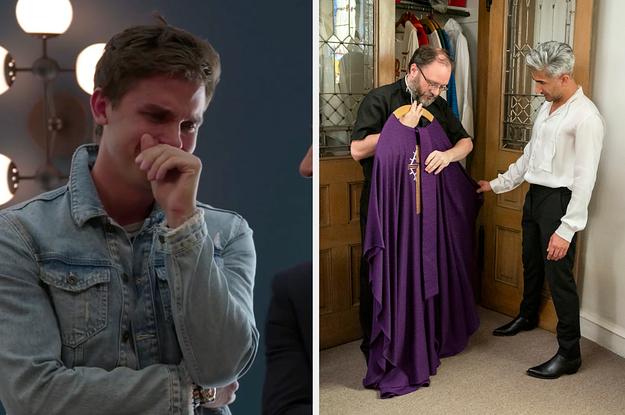Category: Viral
Category Added in a WPeMatico Campaign

When any service first launches, there are always weird issues, glitches, and mistakes. When Disney+ bowed back in November, one complaint was more forcefully made than others: The first several seasons of The Simpsons were not available in their original aspect ratio. Disney+ top brass were quick to say the problem would be fixed, but they weren’t slow to actually fix it. Now, as per Variety, they’ve released a date when the switch will take place: May 28, i.e., next week.
The casual plebeian may not think aspect ratios are too wonky to care about; after how many households still have motion smoothing turned on? But complaints about The Simpsons being shown in the wrong shape were about more than mere purity. For its first 19 seasons, and part of 20 — up until 2009 —were designed for old-timey square-shaped televisions. The versions on Disney+ cropped them to fit modern widescreen sets. And by doing so, the censors wound up messing up or even completely eliminating untold visual jokes.
So huzzah! In a week as of this writing, you’ll be able to actually see the “Old Man Yells at Cloud” headline in the Season 13 episode “The Old Man and the Key.” Meanwhile, the long-running show just concluded its 31st season, with no end in sight.
(Via Variety)
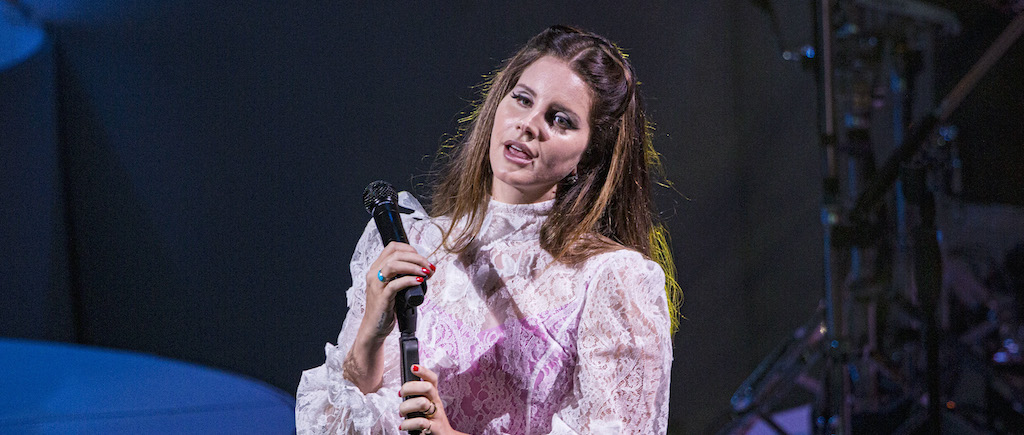
After nearly a full day of being called a “Karen” online by commenters who took issue with her open letter to the music industry, Lana Del Rey responded, claiming her statement had “nothing to do with race” despite mostly naming Black and Latina women (and Ariana Grande).
In a comment on her original post, wherein she erroneously compared the critical and commercial reaction to her music to that of her peers’ material, she defied the characterization of her letter as “racist,” writing, “This is sad to make it about a WOC (women of color) issue when I’m talking about my favorite singers. I could have literally said anyone but I picked my favorite f*cking people.”
She pointedly noted her issue with a climate of political correctness, without saying as many words, griping, “This is the problem with society today, not everything is about whatever you want it to be. It’s exactly the point of my post — there are certain women that culture doesn’t want to have a voice. It may not have to do with race — I don’t know what it has to do with. I don’t care anymore but don’t ever ever ever bro call me racist that is bullsh*t.”
.@LanaDelRey responds to backlash over Instagram post about her industry struggles, says she didn’t intend to call out women of color:
“I could’ve literally said anyone but I picked my favorite fucking people…don’t ever ever ever bro call me racist that is bullshit.” pic.twitter.com/DCjYd6FqKD
— Pop Crave (@PopCrave) May 21, 2020
Lana left a “final note” as well, punctuating her comments with one more that attempted to clarify her meaning: “When I said people who look like me — I meant the people who don’t look strong or necessarily smart or like they’re in control, etc. It’s about advocating for a more delicate personality, not white women — thanks for the Karen comments tho. V helpful.”
.@LanaDelRey adds one “final note” on the controversy surrounding her Instagram post:
“It’s about advocating for a more delicate personality, not for a white woman – thanks for the Karen comments tho. V helpful.” pic.twitter.com/Y8tvL9Sybk
— Pop Crave (@PopCrave) May 21, 2020
Unfortunately for Lana, in her attempt to defend herself, she may have proved the critics correct. I don’t think anyone disputed or misconstrued her point. The problem is that her point was made at the expense of mostly women of color — particularly Black ones — and against a mountain of evidence to the contrary. As she says, she could have named any number of wilting, “delicate” personalities and they have still experienced just as much — if not more — criticism of her. But by naming those women specifically, she compared their struggles to hers, erasing those struggles, minimizing their experiences, and reducing their music to a narrow range of emotions and topics while inflating her own.
And not for nothing, at its most literal reading, her lament that “Doja Cat, Ariana, Camila, Cardi B, Kehlani and Nicki Minaj and Beyoncé have had number ones with songs about being sexy, wearing no clothes, f*cking, cheating, etc.” is flat-out wrong no matter how you dice it. Removing Kehlani from the equation, as she’s never had a No. 1 on the Billboard albums or Hot 100 charts, even the songs that have gone No. 1 from the others aren’t about being sexy or sex. The most recent entry, “Stuck With U,” is about the doldrums of an established relationship, while its immediate predecessor “Say So” is about missing out on a mutual attraction because the guy is too shy to approach. Beyonce’s last solo No. 1 was specifically about demanding no less than a ring to prove fidelity, and “Bodak Yellow” made more of Cardi retiring her clear heels to the Starlets rafters than “being sexy.” That doesn’t lend itself too well to her point that she loves their music.
Lana’s complaints stem from her perceived poor treatment at the hands of the music journalism establishment, without acknowledging that all of her peers have endured the same — many while suffering through circumstances Lana herself would never be forced to experience. For instance, she wouldn’t be subjected to the double standards of colorism. We know she doesn’t mean she deserves better for being white. But by failing to recognize her privilege and holding onto years-old imagined slights — especially just months after releasing a universally-acclaimed project — she truly is acting like a archetypical, entitled white lady and earning every “Karen” tweet that comes her way.

Earlier in the week, the Tom Hanks passion project Greyhound made the headline-grabbing jump from a Father’s Day theatrical release to premiering on Apple TV+ at a later date. While movies shifting to a streaming release is starting to become the norm in these pandemic days, Greyhound‘s acquisition is the first major step by Apple into taking theatrical films off the hands of a movie studio (in this case, Sony).
Normally, this is a Netflix strategy but according to CNBC, Apple has been showing up to talks with money to spend. It was enough to convince Hanks — who “himself had to approve before Sony and Apple made the deal” — to agree to forego the theater, for the first time, with a movie that he personally wrote and developed. Here’s why such an unprecedented move occurred:
So why did Sony decide to sell this film instead of simply delaying its release, as many studios have done with other films featuring big stars? People close to the matter say that when coronavirus shutdowns forced the cancellation of its scheduled release on Father’s Day weekend, June 19, Sony became concerned that the film wouldn’t be able to find a slot among the superhero films and franchises that had been delayed from the summer. A source close to the situation tells me that the studio shopped the film to Netflix and Apple, but Apple was willing to pay more.
Interestingly, the conditions that led to Greyhound‘s sale to Apple may have played a role in HBO Max’s surprise decision to “Release the Snyder Cut.” With numerous productions delayed by the pandemic, streaming services are looking a possible content gap in the days ahead, and they’re not afraid to spend their way through it. Whether that’s snatching up films that are collecting dust after having their released dates scuttled, or giving Zack Snyder $20 million to re-edit an old movie, these services are ready to pony up to keep audiences watching.
(Via CNBC)
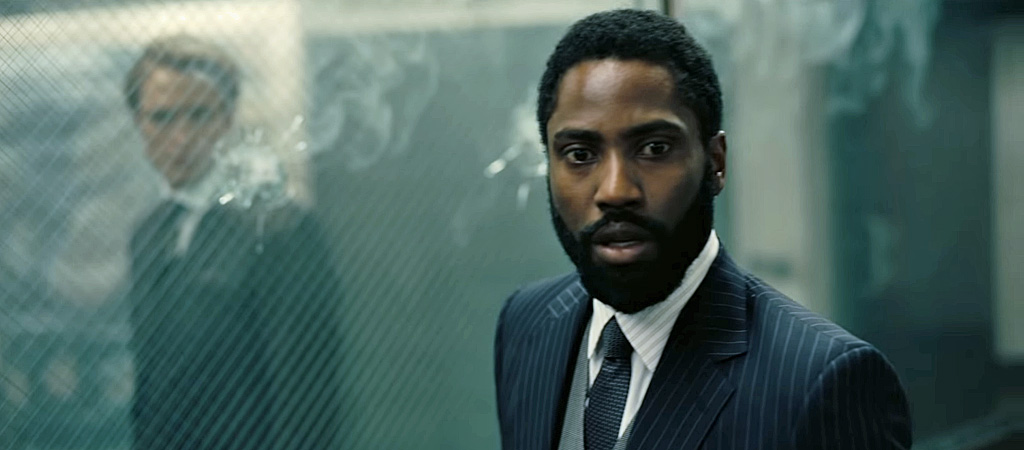
Christopher Nolan fans have been eagerly anticipating the next trailer for his mind-bending thriller Tenet, but it’s a safe bet that none of them anticipated it would make its debut in Fortnite.
In a very surprising announcement on the hit video game’s Twitter page, Fortnite dropped the bombshell that the eagerly anticipated trailer will debut inside the new Party Royale mode starting at 8 PM EST and repeating every hour. For those of you who are unfamiliar with the online shooter, Party Royale is a recently added feature that essentially allows players a safe area to just hang out and goof around with friends. The area has already been used to host concerts from Deadmau5 and Steve Aoki, and now the giant theater screen will be used to debut a trailer for a major motion picture for the very first time. As for how Nolan feels about his prestige film being promoted in a video game… that will surely be a hot discussion for cinema buffs.
You can see the official Fortnite announcement below:
Grab a front row seat in Party Royale for a world premiere!
Catch the latest trailer for Christopher Nolan’s @TENETFilm at the top of every hour on the big screen starting at 8 PM ET.
ʇnO sunᴚ ǝɯı⊥ ǝɹoɟǝq ʇı ǝǝS pic.twitter.com/ZiNfxaRQ7U
— Fortnite (@FortniteGame) May 21, 2020
Compounding the unusual venue for the new Tenet trailer is the fact that the movie’s release date is in flux right now. It’s currently set for a July 21 release date, but with Los Angeles still under lockdown for the next three months and most theater chains being shuttered across the country, there are significant doubts that Nolan’s latest will debut this summer. According to Deadline, there are tentative plans to shift Tenet to Wonder Woman 84‘s August release date, but most industry insiders view that as an extremely optimistic outcome. If theaters do manage to open that soon, they would only be able to seat half of their capacity, at best, and that’s if moviegoers are willing to risk potential exposure to the still ongoing pandemic.
In short, the chances of bringing in the much-needed box-office haul for a big-budget Nolan film look pretty unlikely for not just this summer, but the rest of 2020. This trailer debuting in Fortnite, though… that is definitely happening. It’s a strange year.
(Via Fortnite)


